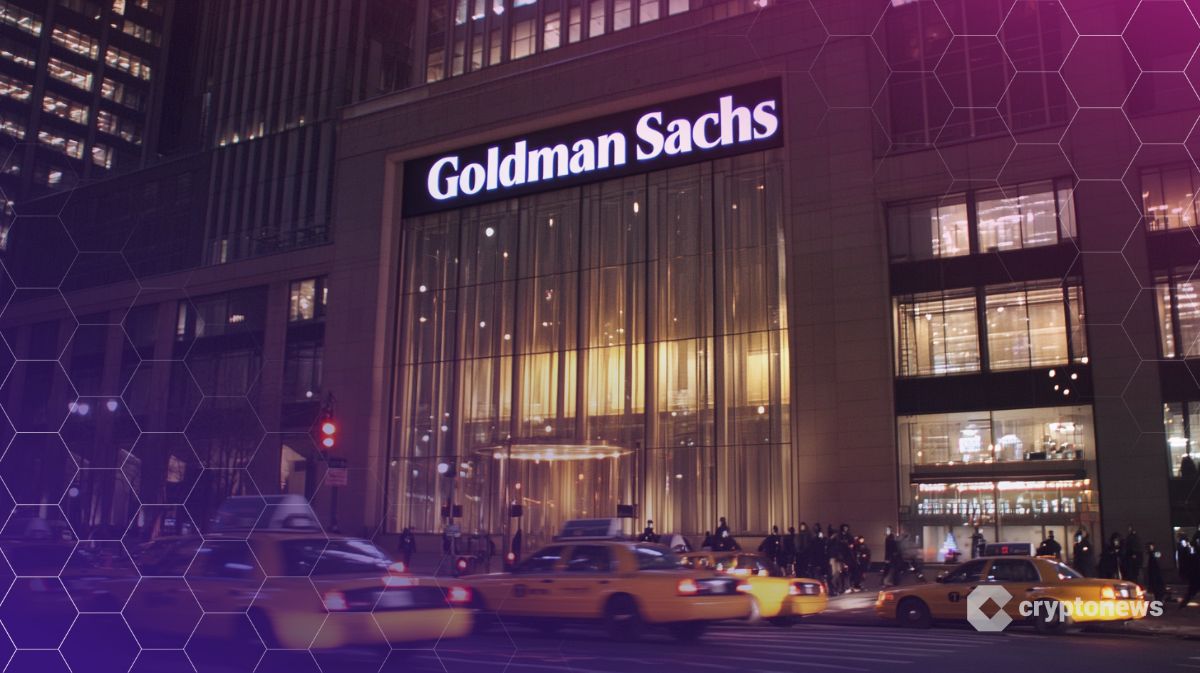From the Tulip Bubble to the Bitcoin Mania: History's Speculative Mirror
Source: unlock-bc Compiler: BlockWeeks
In the Netherlands in the 17th century, a flower sparked the first documented financial bubble in history - the tulip bubble .
This trend, which initially symbolized beauty and status, soon evolved into a speculative frenzy, eventually bankrupting countless people.
Hundreds of years later, Bitcoin has soared to over $120,000, again provoking people to think about the comparison. A report from Al Arabiya explored the similarities between tulips and tokens, reminding everyone to be cautious, not because "Bitcoin must be a bubble", but because human speculative behavior tends to repeat itself.

How a flower turns into wealth
Tulips were introduced to Europe from the Ottoman Empire in the mid-16th century and soon became a must-have for the Dutch nobility. They were gorgeous and rare, a symbol of wealth and taste.
By the beginning of the 17th century, tulips had evolved from decorative plants to speculative assets . Merchants, craftsmen, and even ordinary artisans began trading "tulip bulb futures", most of whom had never even seen a real bulb.
At the height of the craze in 1636, a single rare tulip cost as much as a mansion in Amsterdam. Buyers no longer paid for the flower itself but rather bet that someone would offer a higher price the next day.
However, in February 1637, the market suddenly collapsed: demand disappeared, auctions were quiet, and prices plummeted. The prosperity vanished overnight, many fortunes were wiped out, and the tulip bubble became a classic fable warning future generations about speculation.
Bitcoin: The Tulip of the 21st Century?
Fast forward to today, Bitcoin has once again broken imagination, with a market value of more than 2.4 trillion US dollars, surpassing Amazon and silver to become the fifth largest asset in the world.
So, is it a repeat of the "tulip bubble"?
**Not exactly the same. **Tulips are ultimately decorative plants, while Bitcoin carries the potential for change. It is based on blockchain technology and builds a decentralized currency system - a transparent and tamper-proof ledger that supports peer-to-peer payments; it is both a store of value and can be used for cross-border remittances and even to fight inflation.
But the speculative mentality is similar: many investors buy not because they understand the technology or value, but because of FOMO (fear of missing out) and expect quick profits. Social media has replaced the taverns of the 17th century, and rumors and price predictions are spread freely, encouraging blind following.
How Bitcoin breaks the mold
The key difference is that Bitcoin is not a beautiful exotic flower, but "programmable money" .
The blockchain technology behind it:
-
Trustless , cross-border payments
-
Smart Contracts
-
Decentralized Applications
Institutional investors have begun to make arrangements: hedge funds, asset management companies and even some central banks are adding BTC to their reserves. Although Bitcoin fluctuates greatly, it is the common "excitement → overheating → correction → integration" life cycle of technological and financial innovation.
Lessons from the past, warnings for the present
The tulip bubble is not only a piece of history, but also a mirror reflecting human greed and fear, reminding us how easily rational decision-making can be blinded by the "dream of getting rich quickly."
Bitcoin may be the "flower" of the digital age, but it is also a test of how we deal with disruptive technologies. The challenge is not to deny every bull market with "bubble theory", but to combine enthusiasm with understanding .
On the threshold of the decentralized era, one thing remains constant: Bitcoin markets are also driven by emotions. The greed, fear, and hope that fueled the tulip bubble centuries ago are still playing out in the Bitcoin market today.
Bitcoin may not be a bubble, but it is not invulnerable either - this is the most valuable lesson of history.
You May Also Like

Aspecta Announces Token Economics and Airdrop Schedule

Goldman Sachs and BNY Mellon Launch Tokenized Money Market Funds for Institutions
